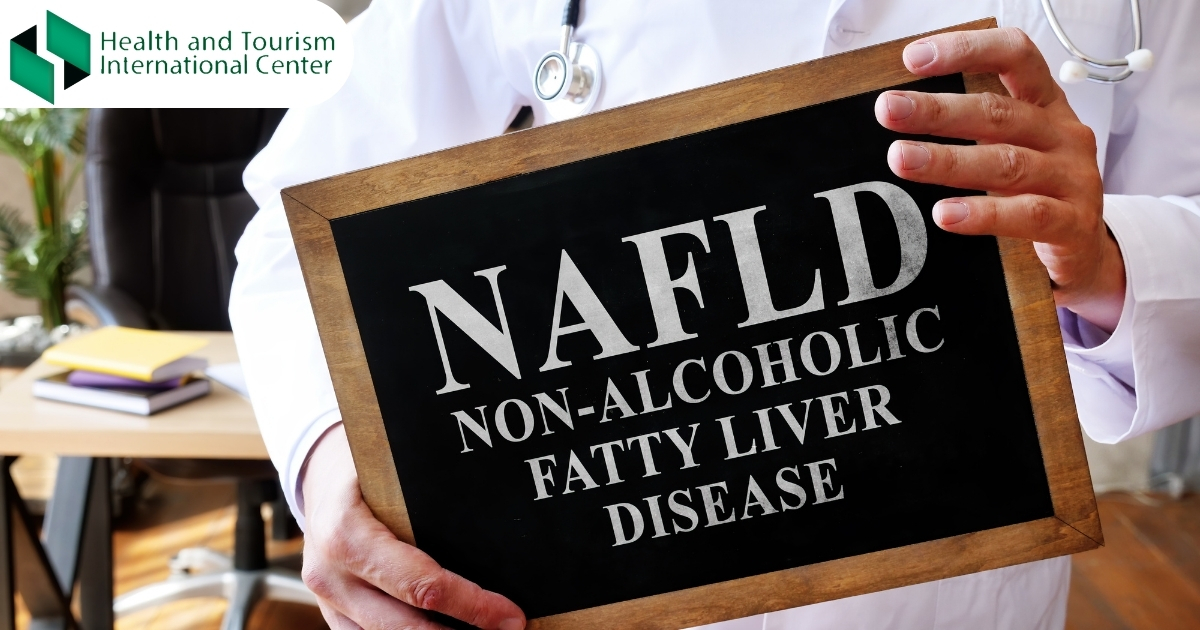What is non-alcoholic fatty liver disease?
Nonalcoholic fatty liver disease (NAFLD) is an umbrella term for a range of liver conditions affecting people who drink little to no alcohol.
NAFLD is increasingly common around the world. It is the most common form of chronic liver disease, affecting about one-quarter of the population.
Some individuals with NAFLD can develop nonalcoholic steatohepatitis (NASH), an aggressive form of fatty liver disease, which is marked by liver inflammation and may progress to advanced scarring (cirrhosis) and liver failure.
Symptoms
NAFLD usually causes no signs and symptoms. When it does, they may include fatigue, pain or discomfort in the upper right abdomen.
Possible signs and symptoms of NASH and advanced scarring (cirrhosis) include:
- Abdominal swelling (ascites)
- Enlarged blood vessels
- Enlarged spleen
- Red palms
- Yellowing of the skin and eyes (jaundice)
Experts don't know exactly why some people accumulate fat in the liver while others do not. Similarly, there is limited understanding of why some fatty livers develop inflammation that progresses to cirrhosis.
Some combined health problems (Overweight or obesity, Insulin resistance, High blood sugar, High levels of fats, particularly triglycerides, in the blood) appear to promote the deposit of fat in the liver.
For some people, this excess fat acts as a toxin to liver cells, causing liver inflammation and NASH, which may lead to a buildup of scar tissue in the liver.
Risk factors
- High cholesterol
- High levels of triglycerides in the blood
- Metabolic syndrome
- Obesity, particularly when fat is concentrated in the abdomen
- Polycystic ovary syndrome
- Sleep apnea
- Type 2 diabetes
- Underactive thyroid (hypothyroidism)
- Underactive pituitary gland (hypopituitarism)
Source:

